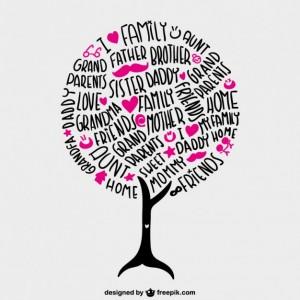 On “Can Do” Street there are many kinds of families. There is racial diversity. It is an inclusive environment; a place where differences don’t matter.
On “Can Do” Street there are many kinds of families. There is racial diversity. It is an inclusive environment; a place where differences don’t matter.
Nellie and Willie live with their grandparents while their mom is in the military. They are just one of the many kinds of families on “Can Do” Street.
Jay lives with his parents but he spends summers with his grandparents in Dakota on the Indian reservation where they live. His tribe, the Chippewa Indians of Turtle Mountain, is also considered his family. So, you could say he has two families.
Hector and Maria’s parents both work. They participate in an after school program at the community center until their mom picks them up on her way home from work. Yundi and Wendy’s parents travel for business so they live part of the week with Grandma Sue.
Orrie, Annie, Bobby and Arthur Jay live with their mom and dad in a house next door to Grandma Maureen and Grandpa John.
There are 14 child characters on “Can Do” Street, three of whom have physical disabilities and one has a learning disability. Orrie uses a wheelchair. He is a computer wiz kid. He is active in sports, playing basketball, swimming, and horseback riding. Having Grandma Maureen and Grandpa John next door is important to Orrie and his mom and dad. They are a big help with Orrie.
Nellie and Willie have a cousin, Mickey, who is visually disabled. He goes to a special school where he gets the help he needs to be independent. He has a service dog named Muggins. He comes home to his mom and dad, who live on “Can Do” Street, on holidays and for the summer. He plays the saxophone.
Annie has a hearing disability, so she wears a hearing aid. She is captain of the school Pee Wee basketball team. Maria has a learning disability and needs extra help with reading, which she gets in school. She loves to draw and use graphics programs on the computer.


